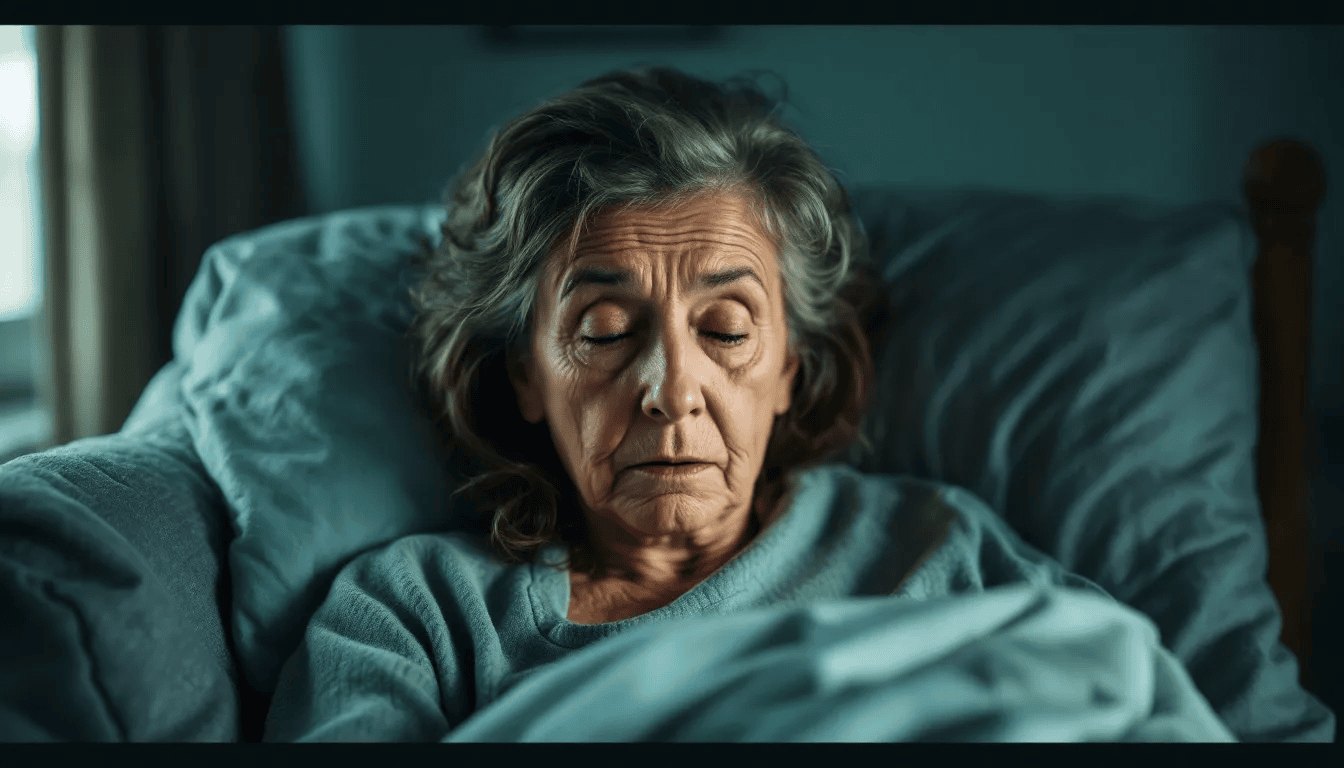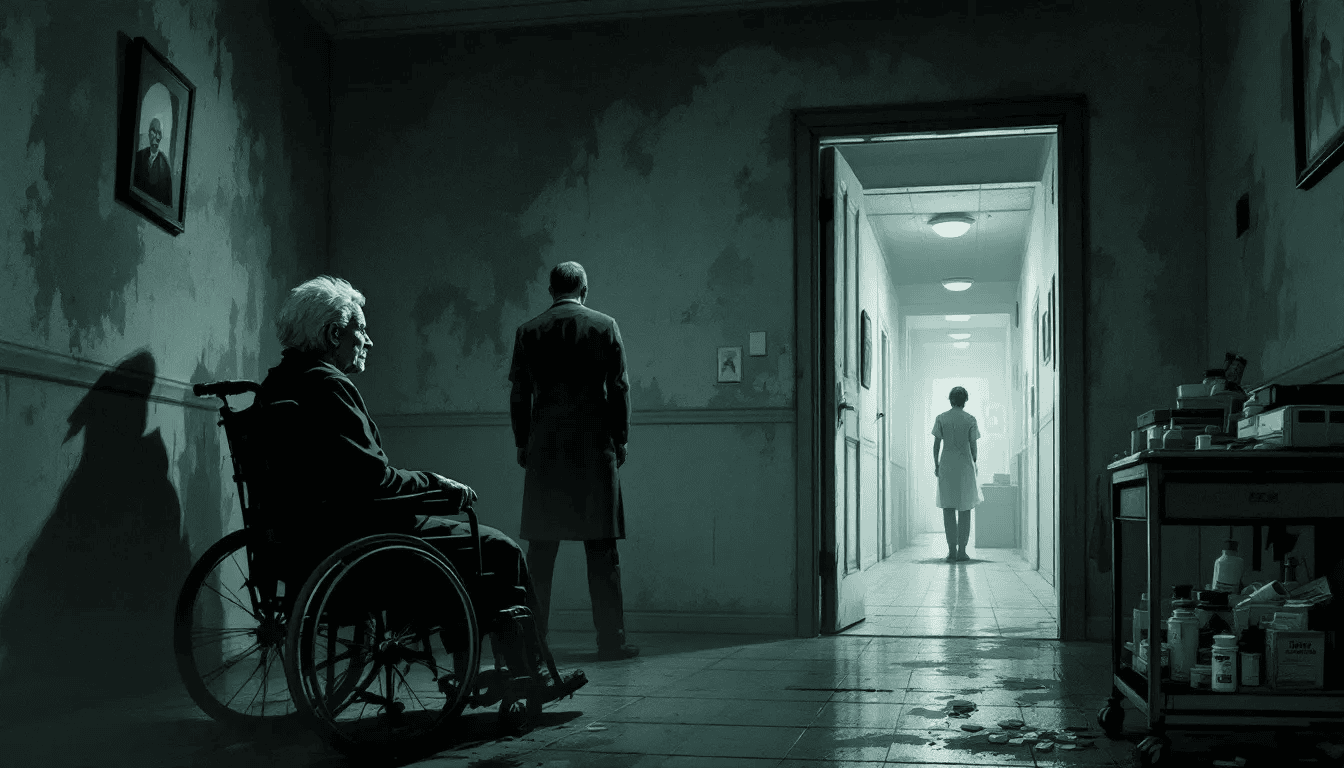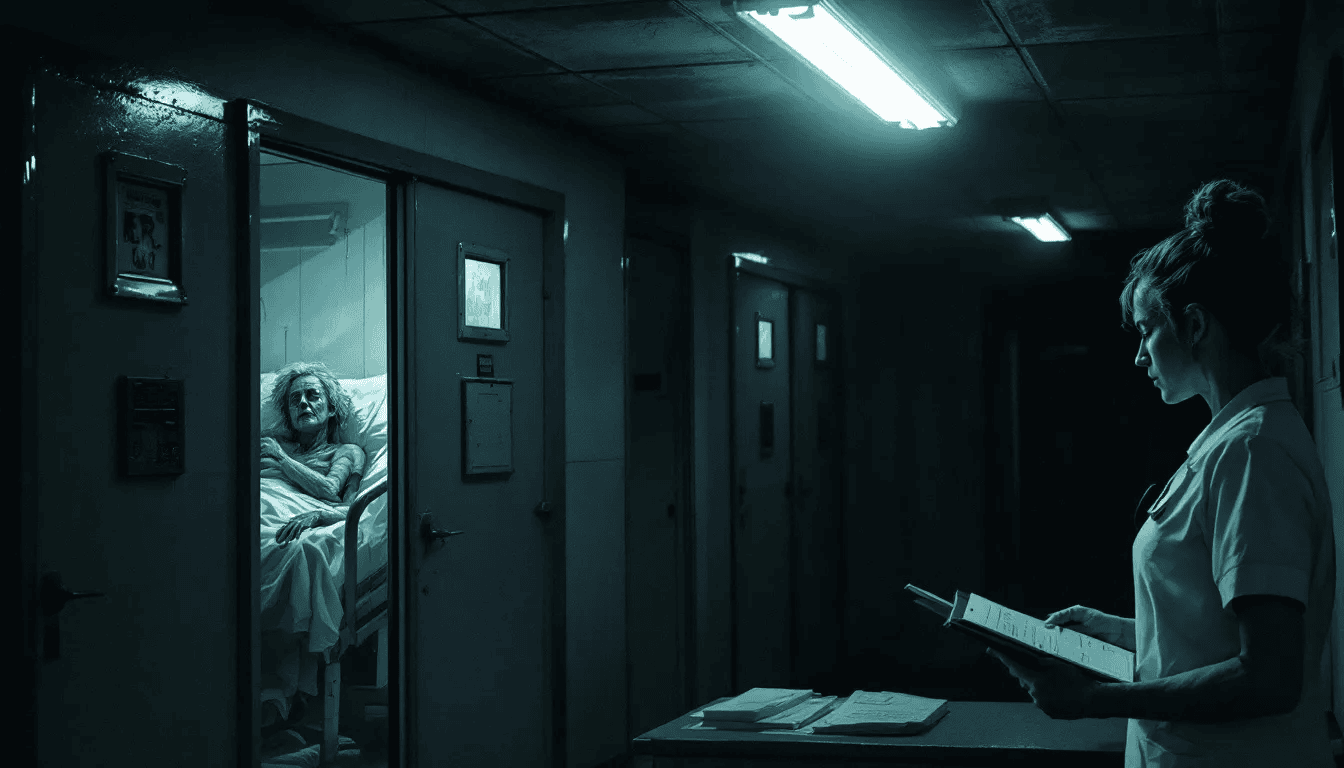Abuse in nursing homes is a serious concern, affecting many elderly residents. It can take many forms, including physical, emotional, sexual, and financial abuse. Recognizing the signs of abuse in nursing homes and knowing how to respond is crucial. This article will help you understand the different types of abuse in nursing homes, its prevalence, warning signs, risk factors, health impacts, reporting procedures, legal protections, and prevention strategies related to abuse in nursing homes.
Key Takeaways
Nursing home abuse manifests in various forms, including physical, emotional, sexual, financial abuse, and neglect, significantly impacting residents’ health and well-being.
The prevalence of nursing home abuse is alarmingly high, with approximately 10% of residents affected each year, yet many incidents remain underreported.
Preventing nursing home abuse requires a comprehensive approach, including staff training, family involvement, and legal protections to ensure the safety and dignity of elderly residents.
Understanding Nursing Home Abuse

Many elderly individuals residing in nursing homes are subjected to abuse within these facilities. Abuse in a nursing home, which encompasses both deliberate and unintentional harm inflicted upon elders by those tasked with their care, takes various forms and can lead to dire consequences.
Acts of violence such as striking, shoving or misusing restraints constitute physical abuse, the most apparent type of mistreatment. On the other hand, emotional abuse may not be immediately evident but is equally damaging. It involves verbal attacks, intimidation or degrading treatment that undermines residents’ mental health. Residents also face sexual abuse from both fellow inhabitants and staff members alike – a situation causing immense distress and long-term trauma for victims. Financial exploitation is another aspect where unscrupulous personnel take advantage of seniors by stealing assets or manipulating them financially.
Neglect stands out as yet another insidious form of maltreatment defined by failing to provide essential care across emotional support, physical well-being and medical attention needed by residents. The repercussions stemming from all types of nursing home misconduct range broadly from psychological trauma through critical health crises up to increased mortality risk among this population group. Females along with those battling cognitive issues like Alzheimer’s disease or dementia are particularly susceptible to becoming targets for such ill-treatment.
It remains imperative that we detect signs while fully grasping the spectrum of possible abuses within nursing homes in order safeguard our loved ones’ safety—as vigilance ensures they receive compassionate consideration alongside dignified handling during their stay at these institutions.
Prevalence of Nursing Home Abuse

Elder abuse within nursing homes is distressingly common, with estimates showing around 10% of residents falling victim to abuse or neglect annually. This reflects that hundreds of thousands of elderly individuals are subjected to mistreatment in places meant for their protection and care. It’s particularly concerning that close to one-third of Medicare or Medicaid-certified facilities have been cited for incidents related to elder maltreatment.
The most frequently observed form by nursing home staff is emotional abuse, with a staggering 81% having reported witnessing such events. Reports also show that physical abuse occurs considerably often. About 36% admit observing it amongst the residents over the past year. Sexual abuse incidents are rarer yet still concern many, notably affecting female inhabitants more heavily.
Another disconcerting element is how seldom these incidences are brought forward. Vast numbers remain undisclosed, which obscures the actual severity and breadth of this issue within institutions caring for our seniors. Data from the OSCAR system suggests what we know might just be scratching at the surface, an insight complicated by COVID-19 potentially exacerbating elder mistreatment cases during its peak periods.
Despite alarming indicators on nursing home misconducts’ prevalence rates, there persists a notable shortage in comprehensive research probing these matters thoroughly—underscoring an urgent call-to-action for persistent surveillance and strong advocacy dedicated to safeguarding each resident’s dignity and safety across all nursing home communities.
Common Warning Signs of Abuse
It is crucial to recognize the signs of abuse in a nursing home to safeguard residents. Subtle indicators may include neglect, while more obvious signs could be physical injuries like unexplained wounds or broken bones that point towards physical mistreatment. Similarly, alterations in a resident’s emotional demeanor, such as growing unease, retreating socially, or experiencing sadness, might suggest they are enduring emotional or psychological maltreatment.
Relatives and acquaintances are essential when it comes to detecting these warning signals. As often the primary protectors for the residents, their alertness can have an immense impact on safety and well-being. Indications of negligence may include poor personal cleanliness standards by staff members leading to noticeable weight loss and pressure ulcers among individuals under care. Meanwhile, mysterious losses of belongings or baffling financial activities might imply economic exploitation.
Paying close attention during visits is imperative for monitoring potential abuses within such facilities—being aware of any discernible fearfulness or anxiety exhibited by seniors around certain personnel members provides insight into their overall health status changes, whether mentally or physically. Maintaining this level of scrutiny helps family and friends intervene promptly if necessary so that proper treatment conditions prevail at all times.
Risk Factors for Elder Abuse in Nursing Homes
Multiple factors enhance the possibility of elder abuse within nursing homes. A notable contributing factor is a lack of sufficient staff, which can result in substandard care and elevate the likelihood of neglect and maltreatment among residents. With not enough caregivers to go around, basic needs may be ignored as the staff struggles with high patient loads.
Caregiver fatigue also plays an essential role in this issue. Workers at nursing homes often grapple with overwhelming physical, mental, and emotional strain that can precipitate increased episodes of neglect and mistreatment toward residents. The inability to adequately tend to patients affects those who need more attention, like individuals living with cognitive disabilities including dementia. Their demands are frequently more intensive.
Proactive steps towards minimizing cases of potential elder abuse necessitate recognizing these contributory factors thoroughly. By investing in supportive measures for employees through enhanced training opportunities, we strive towards forging a nurturing atmosphere where those residing in nursing homes are safeguarded against such risks.
Health Consequences of Nursing Home Abuse

Elder abuse within the confines of a nursing home can have devastating and extensive health consequences. Such mistreatment often manifests in physical injuries like bruises, lacerations, bone fractures, and even traumatic brain damage. These afflictions not only cause immediate harm but may also cause death among these senior residents. Long-standing repercussions of neglect and elder maltreatment include persistent health problems and an increased incidence of urgent medical situations.
The psychological effects are equally troubling. Victims commonly experience heightened levels of depression, anxiety, along with feelings of isolation – all detrimental to their mental well-being. The resulting emotional distress can profoundly diminish a resident’s quality of life over time.
For older adults grappling with health issues stemming from such abuse-related trauma or injury, recovery is particularly challenging due to Diminished resilience both physically and emotionally. Tragically, some instances lead directly to wrongful deaths amongst this vulnerable population. Recognizing the serious implications is crucial for ensuring that preventive measures against nursing home abuse are actively pursued for safeguarding our elderly relatives’ welfare.
Reporting Nursing Home Abuse
It’s imperative to report incidents of elder abuse, particularly in nursing homes, to safeguard the well-being of residents and ensure that perpetrators are held accountable. To report suspected nursing home abuse, one can reach out directly to Adult Protective Services or local law enforcement agencies. In emergencies where a resident is in immediate danger, dialing 911 is crucial. Reports may be lodged through online portals or specific phone lines designed for intake purposes.
To encourage reporting while maintaining privacy for those who come forward with concerns about potential abuse within a nursing home setting, it’s possible to file reports anonymously or request confidentiality throughout the investigation process. Despite these provisions aimed at protecting reporters’ identities and promoting transparency in addressing allegations of mistreatment within such facilities, only 1 in every 24 instances of elder abuse gets reported—highlighting a pervasive issue with underreporting. The Long-Term Care Ombudsman Program serves an important function by regularly assessing conditions at long-term care institutions and following up on any grievances presented.
When there’s uncertainty about whether injuries sustained by residents are indicative of abusive practices within their living quarters at a nursing home facility, seeking advice from entities like Adult Protective Services or the state’s Long-Term Care Ombudsman Program can aid discernment and action-taking steps toward prevention strategies against Maltreatment while securing nursing home residents’ safety and respect they duly deserve.
Legal Rights and Protections for Nursing Home Residents
Residents of nursing homes are afforded a plethora of legal rights and safeguards, aimed at preserving their security and overall welfare. The Nursing Home Reform Law requires every facility to improve the life quality for its residents by upholding respect and fostering autonomy. It is the right of each resident to be thoroughly briefed on available services, rules set by the establishment, and specifics regarding their medical care.
Residents have the liberty to raise concerns or complaints without fear of repercussions from said institution while engaging in decisions about their care plans. They enjoy privacy when dealing with communication matters and private affairs, coupled with an entitlement to a notice period spanning 30 days before any relocation or discharge takes place. These measures play an integral role in protecting both the dignity and independence of those residing in nursing homes.
The act of abusing individuals within nursing home settings is met with severe sanctions under assorted statutes that criminalize such exploitation or maltreatment targeted at defenseless elderly people. Those who suffer can seek compensation covering medicinal expenses, pain endured, monetary losses incurred due to possibly forfeited income. Plus punitive damages, especially during instances reflecting extreme negligence. Attorneys specializing in cases related to nursing home abuse possess the expertise necessary for securing reparation while holding offending staff members accountable.
Being knowledgeable about these crucial legal rights along with protective mechanisms aids immensely in promoting safety among occupants residing within long-term-care facilities—vigilance paired alongside proactive steps form our main arsenal against potential episodes involving neglect as well as mistreatment inside such environments where our loved ones may reside.
Preventing Nursing Home Abuse

Combatting abuse in nursing homes necessitates a comprehensive strategy that includes training the staff, engaging family members, and ensuring accountability. It is essential for staff to receive education on how to deal with complex scenarios and manage conflicts, techniques for reducing stress, as well as instruction on recognizing and reporting signs of mistreatment. This specialized training heightens awareness among employees about potential abuses and provides them with practical intervention methods.
The participation of families plays an integral role in overseeing the wellbeing of their loved ones residing in nursing facilities. They should make both scheduled visits without prior notice. Such vigilance enables relatives to spot any indications of neglect or misconduct promptly. Consistent communication between family members can play a significant role in diminishing instances of maltreatment.
To address incidents where residents are subjected to harm by personnel adequately requires holding perpetrators accountable, which may include legal repercussions. Investigating why abuse occurs within these institutions helps inform prevention strategies needed at various levels including resident education concerning their rights could also act as a deterrent against malpractice within care environments. We trust our elder family members’ safety into ensuring these measures are implemented effectively contributes towards fostering secure surroundings for those most vulnerable among us.
How to Choose a Safe Nursing Home

Making a well-informed choice about a secure nursing home is essential and requires thorough scrutiny. It’s important that the facility be located near loved ones to facilitate consistent visits and interaction with the personnel. Such frequent check-ins are instrumental in overseeing resident care quality and safeguarding their welfare.
Evaluating how well the nursing home is cleaned and upheld can offer valuable insights into the standard of attention its residents might anticipate. An environment that shines with cleanliness reflects a team dedicated to catering to both everyday needs of inhabitants as well as upkeeping the premises.
Opting for a nursing home that promotes active participation within its community, along with nurturing family ties, aids in preserving vital connections for those who live there. Establishments advocating regular familial contact alongside communal happenings foster an atmosphere rich in support, significantly enhancing life at these residences. When these aspects are thoughtfully considered, it becomes possible to select a nursing home where safety and wellbeing are paramount concerns for everyone residing there.
Summary
Nursing home abuse is a grave issue that demands our attention and action. By understanding the various forms of abuse, recognizing the warning signs, and knowing the risk factors, we can better protect our elderly loved ones. The health consequences of abuse are severe, making it imperative to report any suspicions immediately and take steps to prevent further harm.
Ensuring that nursing home residents are aware of their legal rights and protections is essential for their safety and dignity. By choosing safe nursing homes and staying involved in the care of our loved ones, we can create a supportive environment that prioritizes their well-being. Together, we can work towards a future where all nursing home residents receive the respect and care they deserve.
Frequently Asked Questions
What percentage of nursing home staff reported witnessing physical abuse of residents in the past year?
Thirty-six percent of nursing home staff reported witnessing physical abuse of residents in the past year.
This statistic underscores the pressing issue of safety and care in nursing homes.
What legal protections are available for nursing home residents?
Nursing home residents are legally protected by the Nursing Home Reform Law, which guarantees their rights to dignity, self-determination, and quality care. Additionally, they have the right to be informed about their care, file grievances without retaliation, and actively participate in their care planning.
How can family members help prevent nursing home abuse?
Family members can help prevent nursing home abuse by conducting regular, unannounced visits and actively observing the environment and care provided to residents.
By maintaining open communication with staff and being involved in the care process, they can significantly reduce the risk of abuse.
What should you do if you suspect elder abuse in a nursing home?
If you suspect elder abuse in a nursing home, it is imperative to report your concerns to the facility and consider removing your loved one for their safety.
Additionally, contacting local authorities or Adult Protective Services will help address the situation appropriately.
What are the health consequences of nursing home abuse?
It is imperative to confront and prevent nursing home abuse as it can cause severe physical harm, decline in mental health, chronic illnesses, and even hasten death. Protecting the residents’ welfare is essential for their well-being within a nursing home environment.